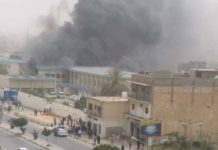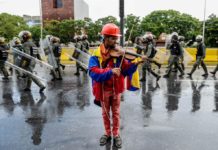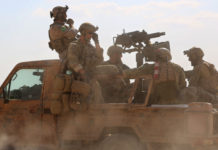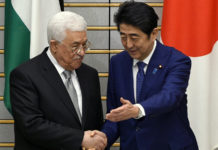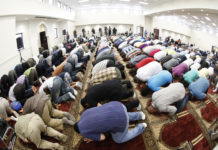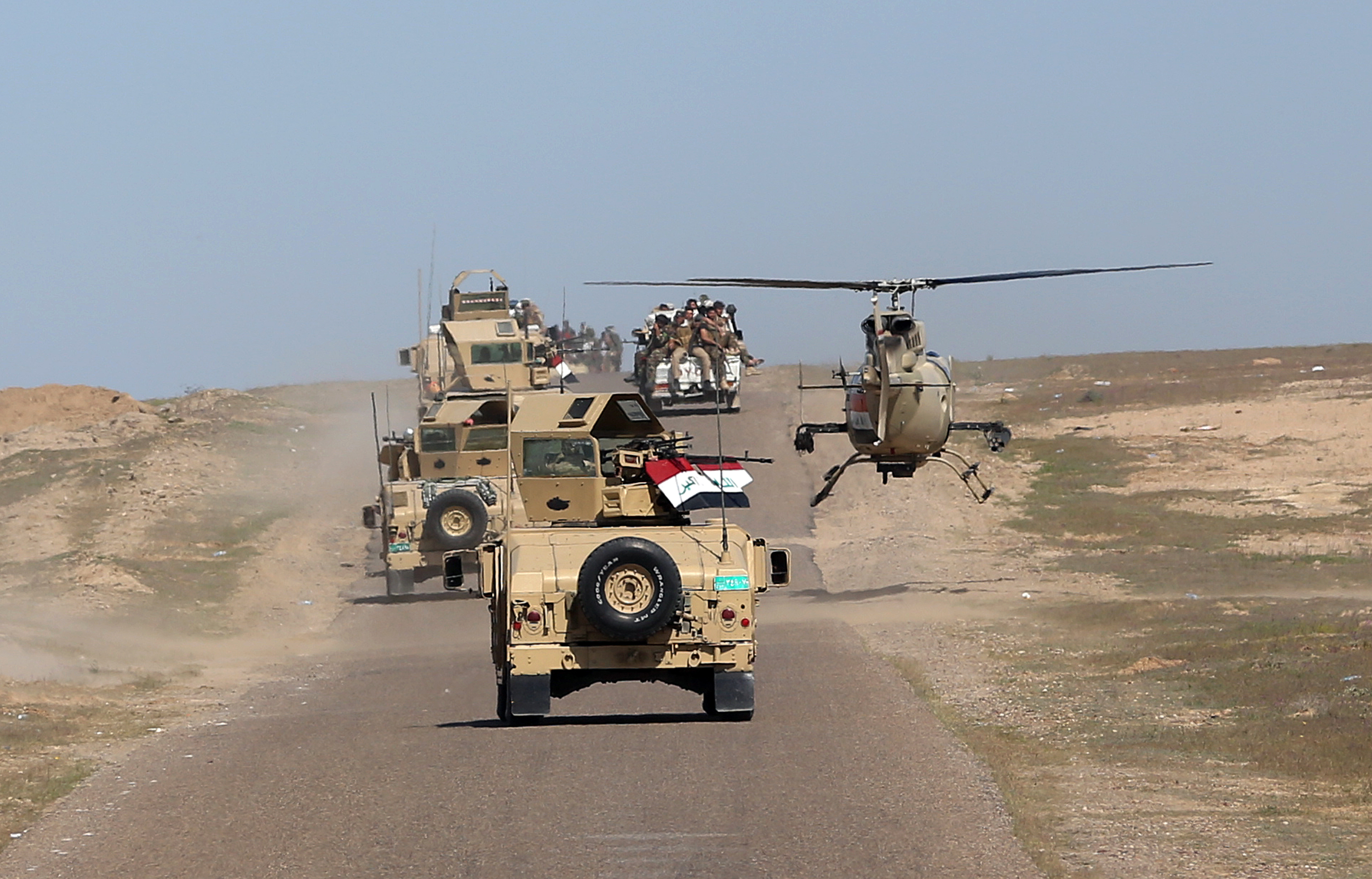Mosul will fall – but it may take a bigger US presence to force Islamic State out
Paul Rogers, University of Bradford
As the operation to defeat Islamic State in Mosul moves into its fourth week, Iraqi Army forces are making singularly slow progress towards the city, principally from the east and north – with the town of Bashiqa, beyond the city’s outer suburbs, a current focus.
IS tactics have so far been mainly to avoid direct confrontation while setting up what the most senior US commander in the operation, Lieutenant-General Stephen Townsend, calls an “external disruption zone” – using a wide array of indirect fire attacks, suicide bombers and snipers.
There have been exceptions – IS released a video of an apparently successful attack on an M1A1 Abrams main battle tank and an entirely unexpected but substantial attack on government offices in Kirkuk. There are also fears that IS will access industrial chemicals such as chlorine gas to stage crude chemical attacks – so much so that coalition sources supplied 24,000 respirators to Iraqi forces before the operation started.
IS is reported to have around 5,000 paramilitaries deployed for the defence of Mosul – and one of the major questions has been what its tactics will be: meeting their foes head-on in battle or going to ground to fight using long-term guerrilla tactics. Although the main towns and cities in Anbar Province, such as Ramadi and Fallujah, have been taken by government forces, IS remains active across the province, helped by Sunni antagonism to the government reliance on Shia militias.

The indications are that IS will stay and fight – conscious that while it faces perhaps more than 60,000 toops, it is a very complex and disparate coalition. At the core are Iraqi special forces, fronting much less well-trained regular Iraqi Army units. In addition there are Iraqi Shia militias, Iranian Revolutionary Guard elements, Kurdish Peshmerga forces, Turkish Army units, American, French, British and possibly Australian special forces, American and French combat troops and scores of strike aircraft and helicopter gunships.
Bearing in mind that Pentagon sources were claiming as long ago as March that the intense air war waged since August 2014 had already killed 30,000 IS supporters, the surprise is that IS can even envisage defending Mosul for any length of time. It may well be the case that they try, though – and if that is how the war develops, then the most likely pattern will be for slow progress by Iraqi forces in the coming weeks, backed up by intensive use of air power and artillery support by coalition forces.
Fear for civilians
The experience of Kobane in 2015 and Ramadi more recently is that IS will eventually be forced out – but with massive destruction of large parts of the city. In both of those cases, though, most civilians had already left, whereas the huge fear in Mosul is the risk to hundred of thousands of civilians still in the city.
IS may still decide suddenly to withdraw, as happened with Ramadi and Fallujah, but if not the city is likely to be retaken by the coalition some time before the end of the year. From a US perspective, the Obama administration is very keen to see this happen before he stands down in January – and this means that if the operation proves difficult then the Pentagon will simply increase the use of force. It is now clear that the substantial US military presence of at least 5,000 personnel is likely to increase still further, including 1,700 troops from the 82nd Airborne Division.

Washington is clearly preparing to maintain a substantial US military presence likely in Iraq long after Mosul is retaken.
Power shifts
There are two further elements, both getting scarcely any media coverage. One is that, as IS moves away from being fixated on its caliphate, it is now embarking on more of a virtual existence – recruiting across the world with a focus on Western countries. The group sees the three years or so of the caliphate as having a crucial long-term significance – nearly a century since the collapse of the Ottoman Empire, IS showed that a small but determined group could withstand the world’s strongest military force. The implication is that it can do it again, aided by the long-term return of “Crusader” (American) forces to Iraq, which will ensure yet more support for IS.
The second is that even if IS is in decline, what is happening in parallel is the rebirth of groups linked formally or informally to al-Qaida which has reinvented itself as a less extreme entity that pays greater deference to local cultures and is promoting this in marked contrast to the sheer brutality of ISIS. It is a change that is working across much of northern Syria as smaller militias flock to the cause.
One of the most extraordinary developments is that a substantial part of the resistance to the Assad regime and the Russians in eastern Aleppo is coming from extreme Islamist militias. This takes us to a tricky situation which is no doubt causing private concern among some of the more thoughtful Western politicians. The West is fighting an extreme Islamist movement in Mosul and is supporting Kurdish forces taking on IS near Raqqa, while roundly condemning the Russians for fighting extreme Islamist militias in Aleppo.
Certainly, the Russian use of air power is far less discriminate than the coalition’s but Putin’s propagandists just point to the British and American arming of the Saudis in their indiscriminate air assaults in Yemen.
It goes further – the UK is working in parallel with Iranian interests in Iraq and Syria to defeat IS, while working directly against Iranian interests in Yemen to support the Saudis in their conflict with the Houthis. The contradictions are barely credible and in all cases – Syria, Iraq and Yemen – it is ordinary people who are suffering.
![]()
Paul Rogers, Professor of Peace Studies, University of Bradford
This article was originally published on The Conversation. Read the original article.
